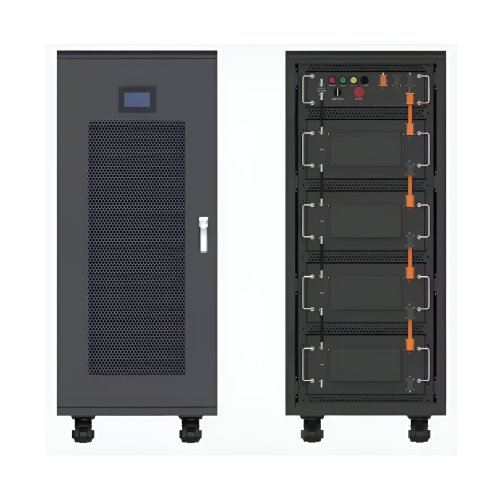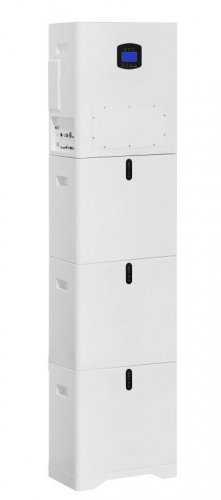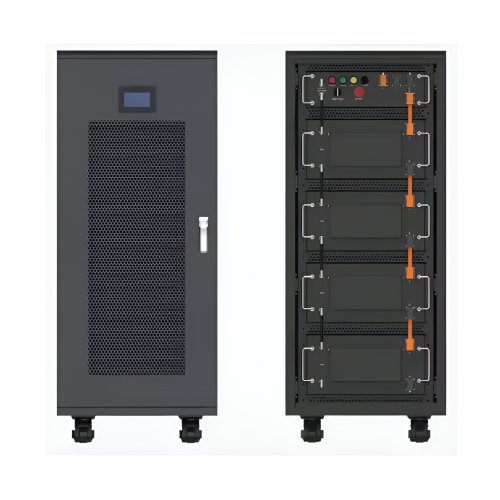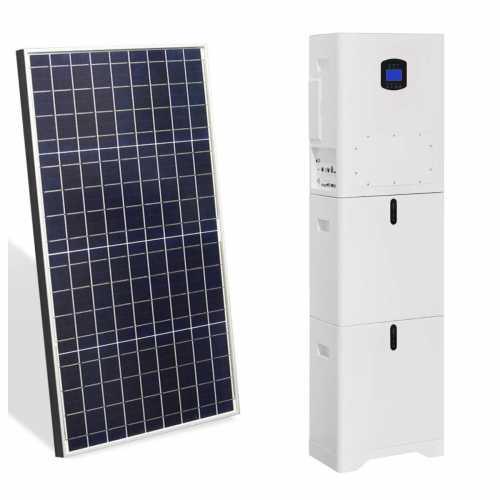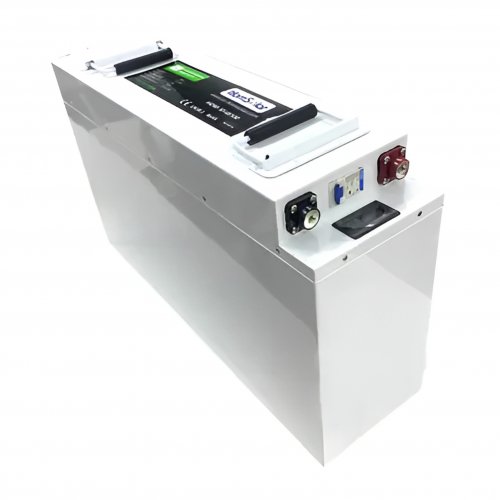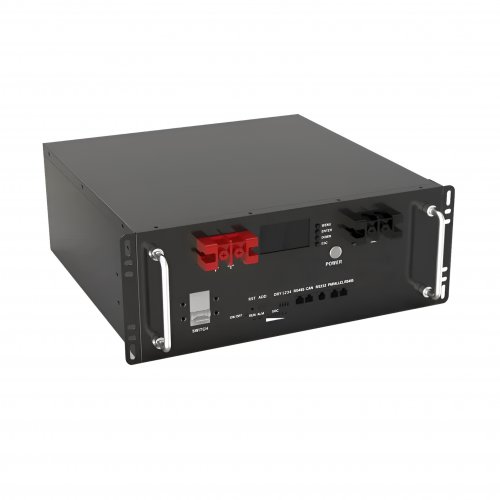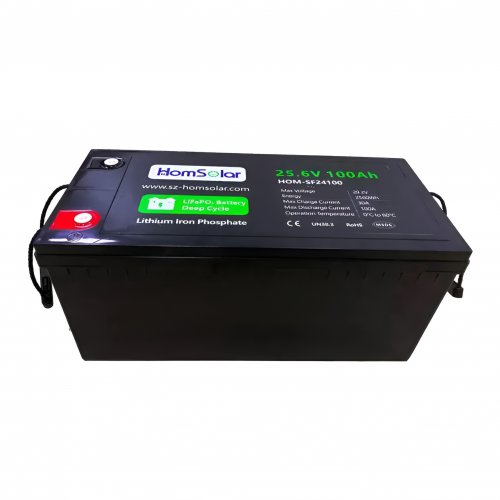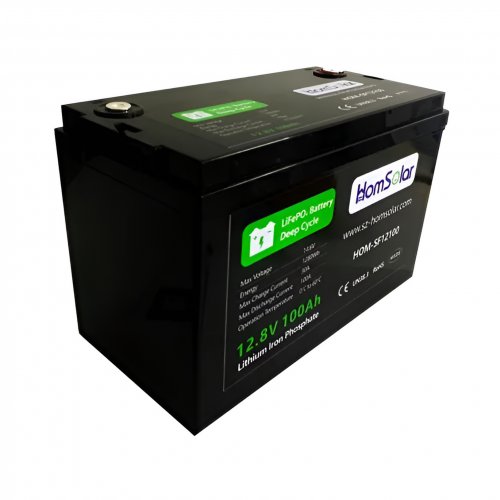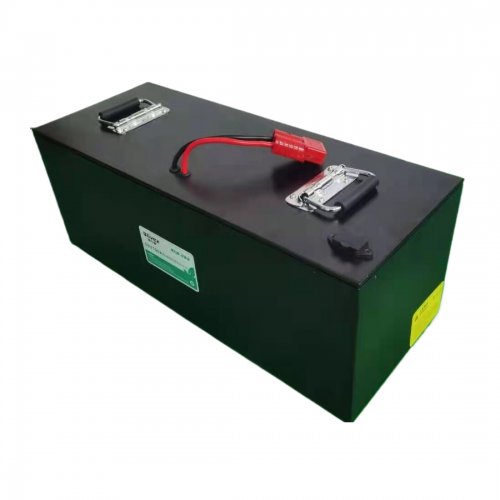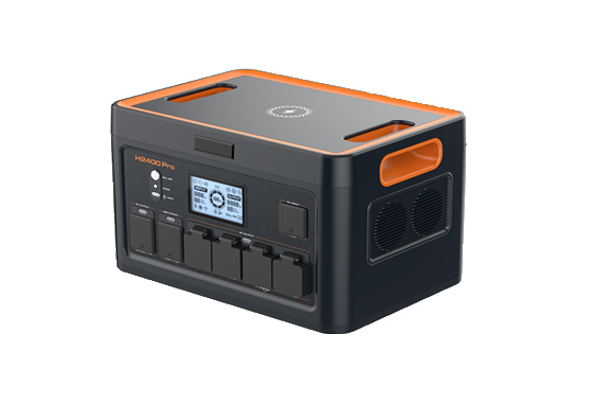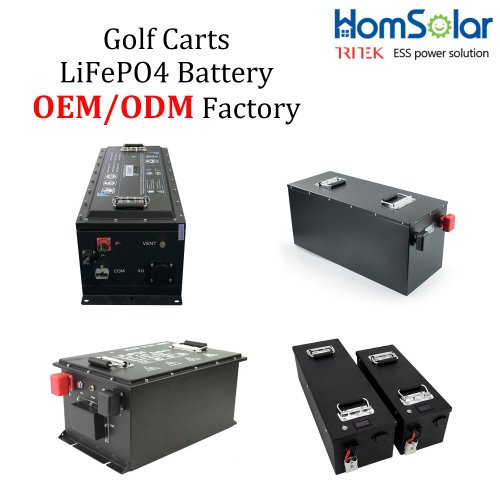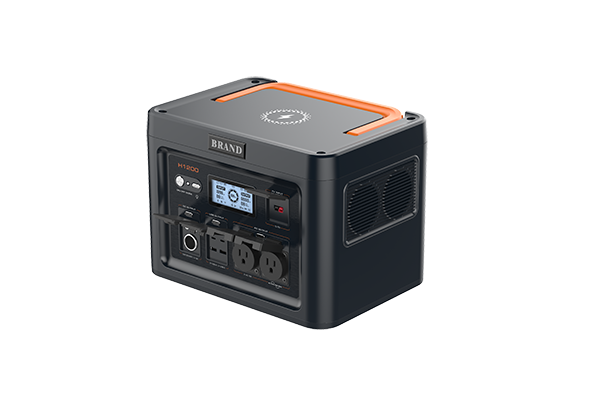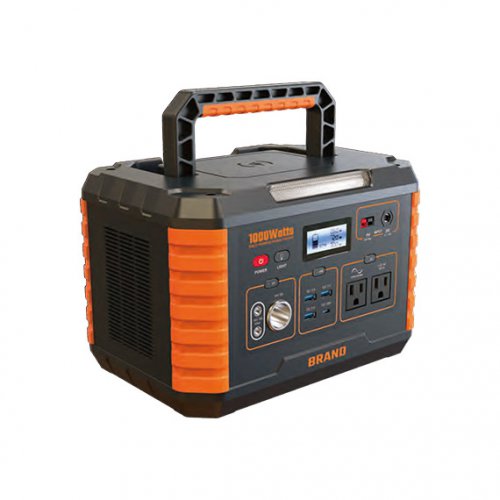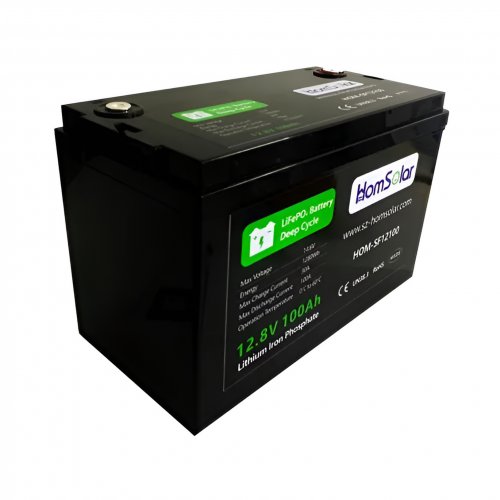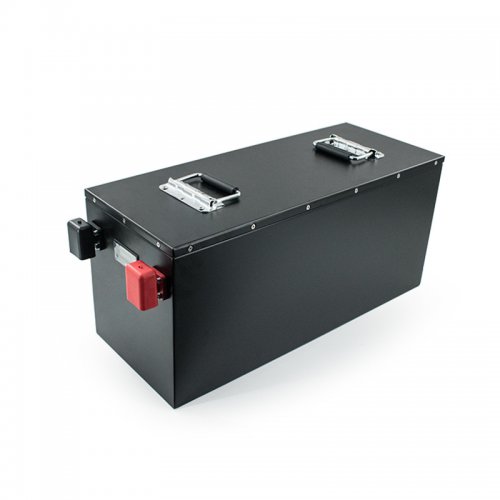Advances In Nanostructured Materials: Recent Breakthroughs And Future Perspectives
Nanostructured materials, characterized by their unique structural features at the nanometer scale (1–100 nm), have revolutionized fields ranging from electronics and energy storage to biomedicine and environmental remediation. Their exceptional properties—such as high surface-to-volume ratios, quantum confinement effects, and tunable surface chemistry—enable unprecedented performance in diverse applications. This article highlights recent breakthroughs in the synthesis, characterization, and application of nanostructured materials, along with emerging challenges and future directions. The controlled synthesis of nanostructured materials has seen remarkable progress, particularly in bottom-up and top-down approaches. Recent advances include:
1. Atomic Layer Deposition (ALD) for Precision Engineering ALD has emerged as a powerful tool for creating ultrathin, conformal coatings with atomic-level precision. For instance, researchers have demonstrated ALD-grown transition metal dichalcogenides (TMDs) for next-generation transistors, achieving sub-nanometer thickness control (Zhang et al., 2023).
2. Self-Assembly of Block Copolymers Block copolymer self-assembly enables the fabrication of periodic nanostructures with tunable morphologies. A recent study showcased the use of directed self-assembly to create sub-10 nm patterns for semiconductor devices, surpassing traditional lithography limits (Kim et al., 2022).
3. Green Synthesis Routes Sustainable synthesis methods, such as bio-inspired and solvent-free approaches, are gaining traction. For example, plant-derived reducing agents have been employed to synthesize gold nanoparticles with enhanced catalytic activity (Li et al., 2023).
1. Scalability and Cost Many synthesis methods, such as ALD, are expensive and difficult to scale. Future research must focus on low-cost, high-throughput techniques like roll-to-roll printing.
2. Stability and Durability Nanostructures often suffer from aggregation or degradation under operational conditions. Strategies like surface passivation and core-shell designs are being investigated to enhance stability.
3. Environmental and Health Impacts The long-term effects of engineered nanomaterials on ecosystems and human health require rigorous assessment. Developing standardized toxicity evaluation protocols is critical.
Looking ahead, the integration of artificial intelligence (AI) for material design and discovery holds immense promise. Machine learning models can predict optimal nanostructures for specific applications, accelerating innovation (Schmidt et al., 2023). Additionally, hybrid nanostructures combining organic and inorganic components may unlock multifunctional capabilities.
Nanostructured materials continue to push the boundaries of science and technology, with recent breakthroughs underscoring their transformative potential. As synthesis techniques mature and interdisciplinary collaborations flourish, these materials will play an even greater role in addressing global challenges in energy, health, and sustainability.This article provides a snapshot of the dynamic progress in nanostructured materials, emphasizing their pivotal role in shaping future technologies.
Customized/OEM/ODM Service
HomSolar Supports Lifepo4 battery pack customization/OEM/ODM service, welcome to contact us and tell us your needs.


HomSolar: Your One-stop LiFePO4 Battery Pack & ESS Solution Manufacturer
Our line of LiFePO4 (LFP) batteries offer a solution to demanding applications that require a lighter weight, longer life, and higher capacity battery. Features include advanced battery management systems (BMS), Bluetooth® communication and active intelligent monitoring.

Customised Lithium Iron Phosphate Battery Casing
ABS plastic housing, aluminium housing, stainless steel housing and iron housing are available, and can also be designed and customised according to your needs.

HomSolar Smart BMS
Intelligent Battery Management System for HomSolar Energy Storage System. Bluetooth, temperature sensor, LCD display, CAN interface, UART interface also available.


Terminals & Plugs Can Be Customized
A wide range of terminals and plugs can be customised to suit the application needs of your battery products.

Well-designed Solutions for Energy Storage Systems
We will design the perfect energy storage system solution according to your needs, so that you can easily solve the specific industry applications of battery products.



About Our Battery Cells
Our energy storage system products use brand new grade A LiFePO4 cells with a battery lifespan of more than 4,000 charge/discharge cycles.



Applications in Different Industries
We supply customized & OEM battery pack, assemble cells with wiring, fuse and plastic cover, all the cell wires connected to PCB plug or built BMS.
Applications: E-bike, Electric Scooter, Golf Carts, RV, Electric Wheelchair, Electric Tools, Robot Cleaner, Robot Sweeper, Solar Energy Storage System, Emergency Light, Solar Power Light, Medical Equipment, UPS Backup Power Supply.
We can provide you with customized services. We have the ability to provide a vertical supply chain, from single cells to pack/module and to a complete power solution with BMS, etc.


HomSolar (Shenzhen) Technology Co., Ltd







